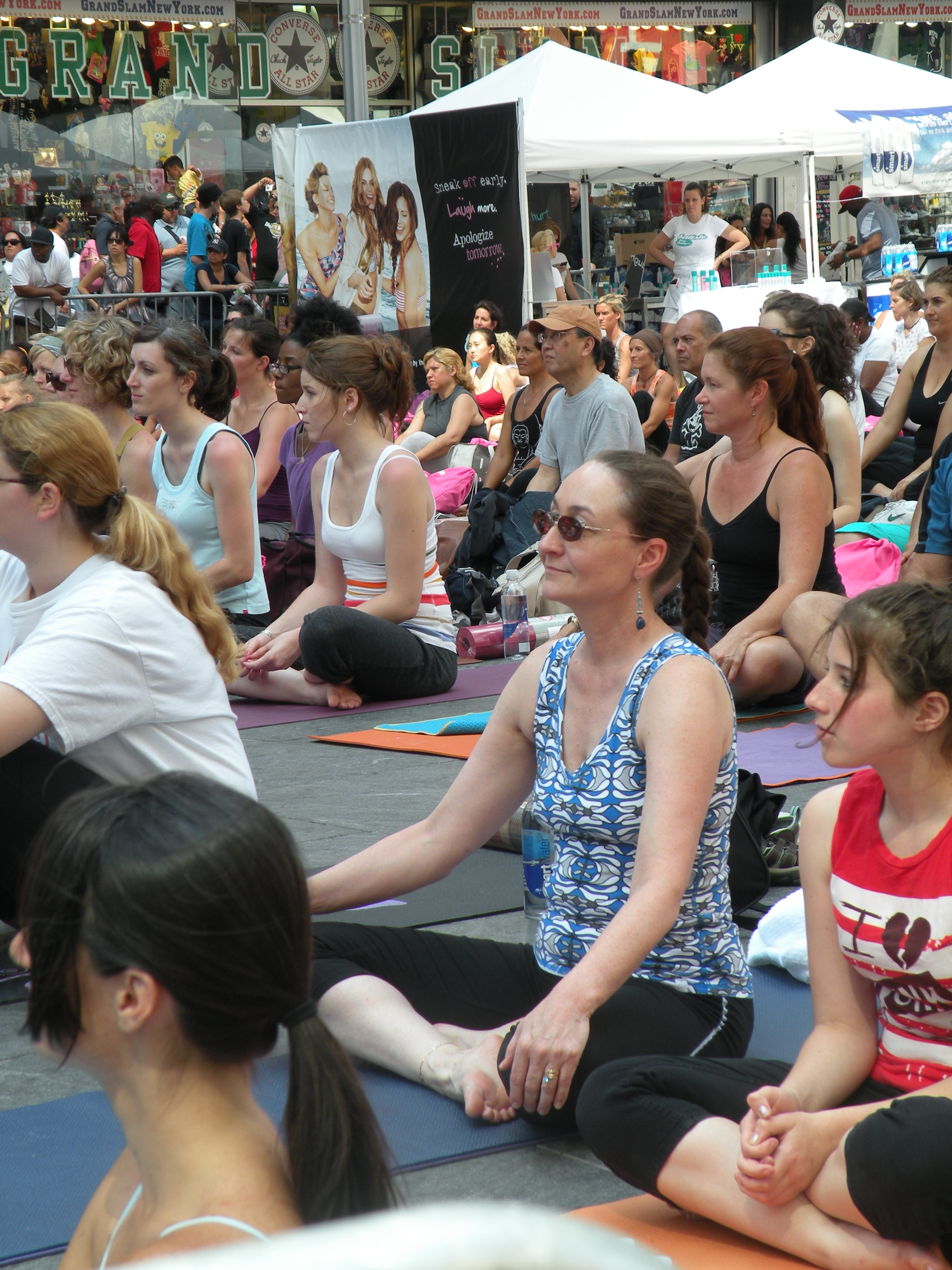
What’s In a Word?
There are five primary areas of practice to the Writer Wellness plan. Relaxation/meditation, creative play, fitness and exercise, journaling, and nutrition.
Word power is an occasional comment from me on–words. My love of words is one of the reasons I became a writer.
I’ve never been a fan of the word “idiot.” It is the ultimate insult to someone’s intelligence in most circles. But words, particularly prickly ones like ‘idiot,’ get popularized through overuse by a group or a celebrity or some other pop culture phenomenon. Apparently, “idiot” is a new favorite word in the world of entertainment.
There is the Alpha Books series “The Complete Idiot’s Guide to fill-in-the-blank” http://www.idiotsguides.com/
My daughters loved the Broadway musical “American Idiot,” a rock opera performed by the group Green Day.
http://americanidiotonbroadway.com/
And there’s the “Idiot Proof Diet” with a picture of a cartoon character saying, “I’m a certified idiot,” with a big smile on her face.
I mean, who wants to be an idiot? It’s the greatest reverse psychology marketing idea ever, isn’t it? You don’t want to be an idiot so you need the information or the product in your arsenal to prove you aren’t an idiot.
But then two comedians (Ricky Gervais and Stephen Merchant) come up with an idea for a television show called “An Idiot Abroad.” And even though the word idiot still rubs me the wrong way, this reality series is hysterical in a funny and perhaps a not so funny way.
http://www.imdb.com/title/tt1702042/
While he’s never actually referred to as the idiot, Gervais and Merchant have convinced Karl Pilkington to visit the seven wonders of the world because he’s a stay-at-home-and-happy-to-be-there Brit who’s not the most culturally aware fellow you’ll ever meet. Or maybe he is. What’s so funny is seeing yourself in what he says and does in all these countries when faced with some culturally bizarre (by some terms) foods, customs, and traffic. Imagine Archie Bunker getting a back wax in Brazil so he can wear a Samba costume to Carnivale. That’s Karl Pilkington, just no recliner or cigar.
For instance, not too long into the travels, he becomes obsessed with toilets when he discovers that they are not the same abroad as he’s used to at home. He hates crowds, parties, and planning, so everywhere he goes Gervais and Merchant have arranged for Pilkington to participate in some major cultural phenomenon that tests his patience and sometimes his stomach. Mostly what Pilkington does is complain. He witnesses the giant statue of Christ the Redeemer in Brazil and all he has to say about it is the price of a can of Coke is too much, and they can get away with it because there is nothing to compete with.
Needing a voice of reason among the cackles, I turn to Webster. “Idiot, n. 1. Psychol. A person of profound mental retardation.” Just when I think this isn’t going to help, I read, “No longer in scientific use and considered offensive.”
In my opinion, it is ignominious to call someone an idiot. What’s your opinion on the word idiot?
Be well, write well.
~hugs,
Joy

Joy E. Held is the author of Writer Wellness, A Writer’s Path to Health and Creativity, a college educator, blogger, and yoga/meditation teacher. Her work has appeared in numerous publications including Romance Writers Report, Dance Teacher Now, Yoga Journal, and Woman Engineer Magazine.
Photo: K. Held
Photo by Ray Hennessy on Unsplash
Copyright 2018, Joy E. Held

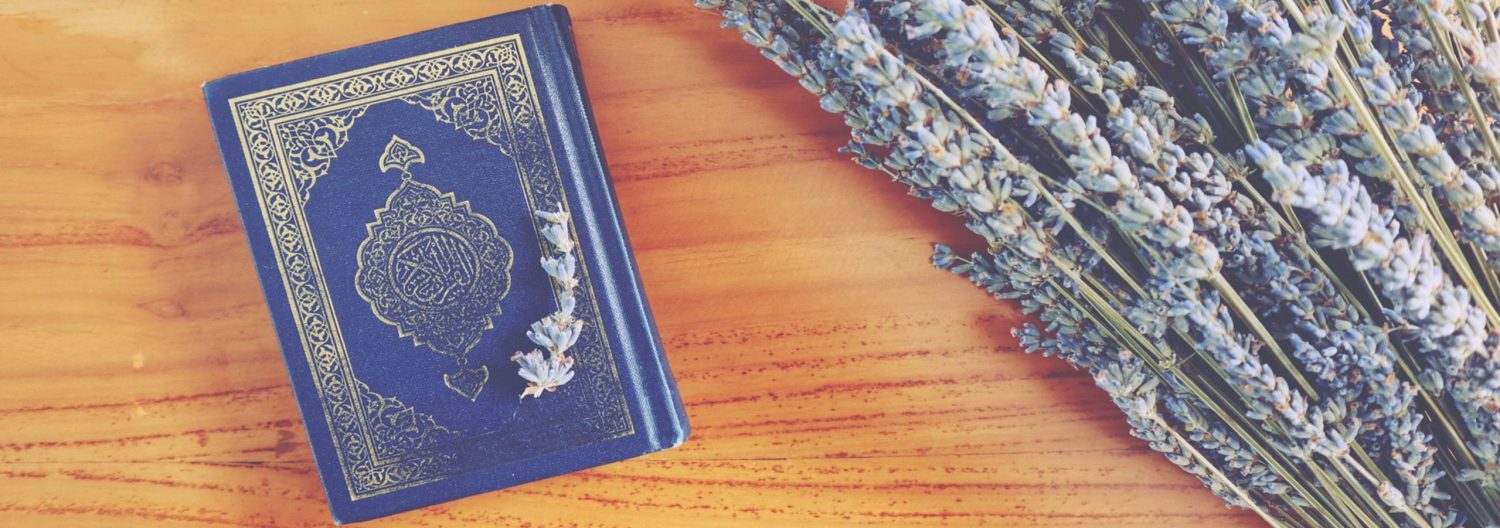
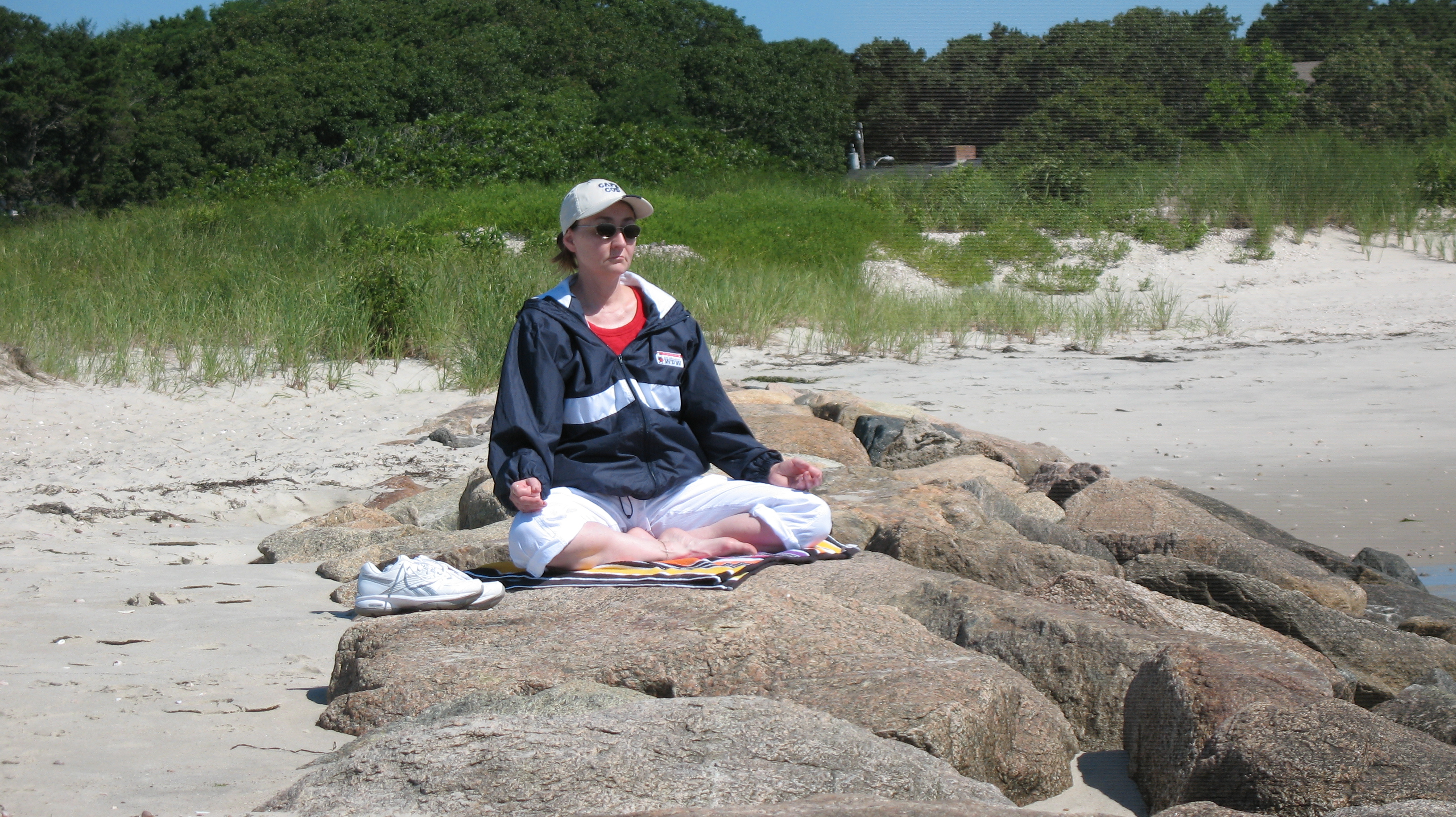




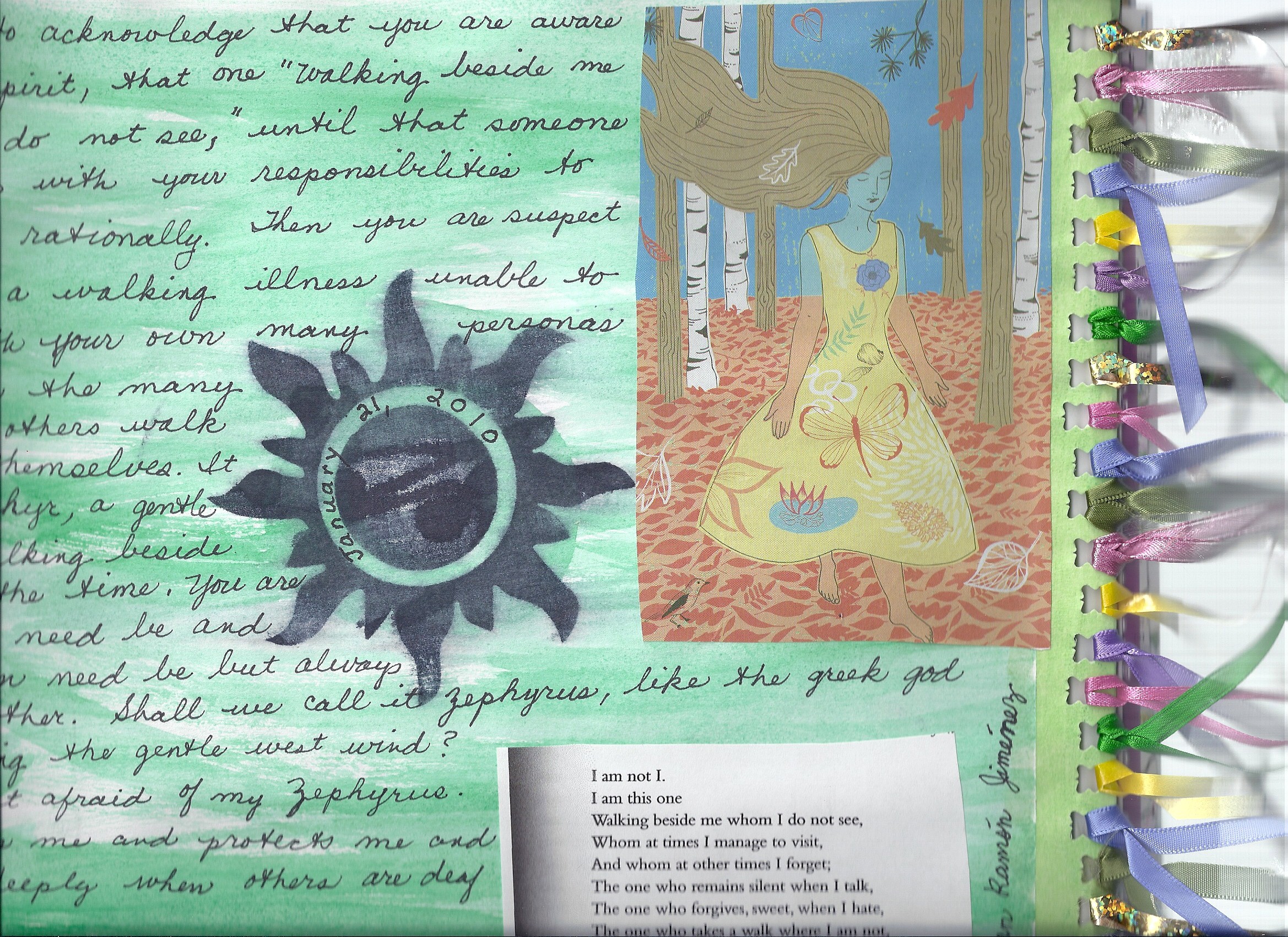
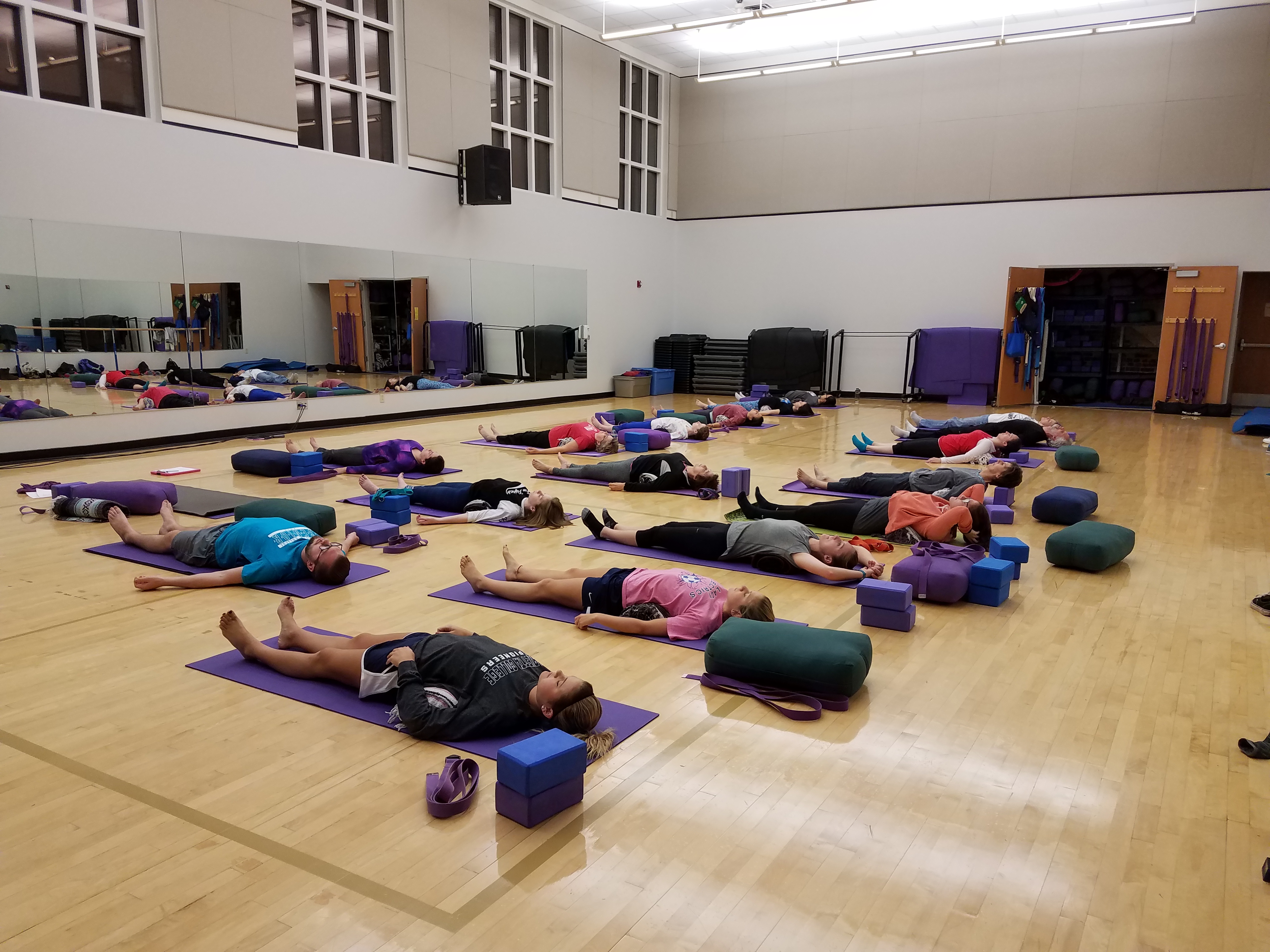 A Liquid Mind Can Be Messy
A Liquid Mind Can Be Messy






